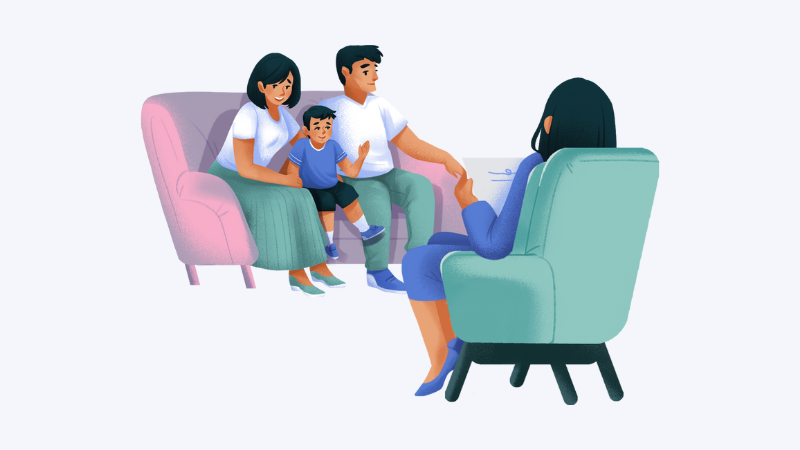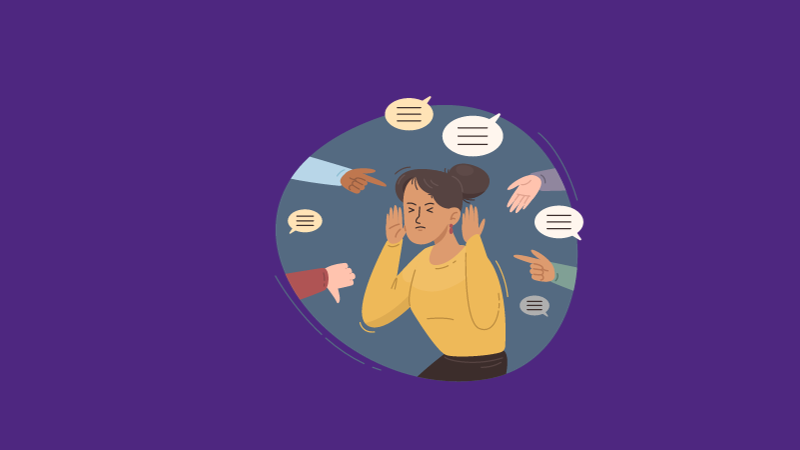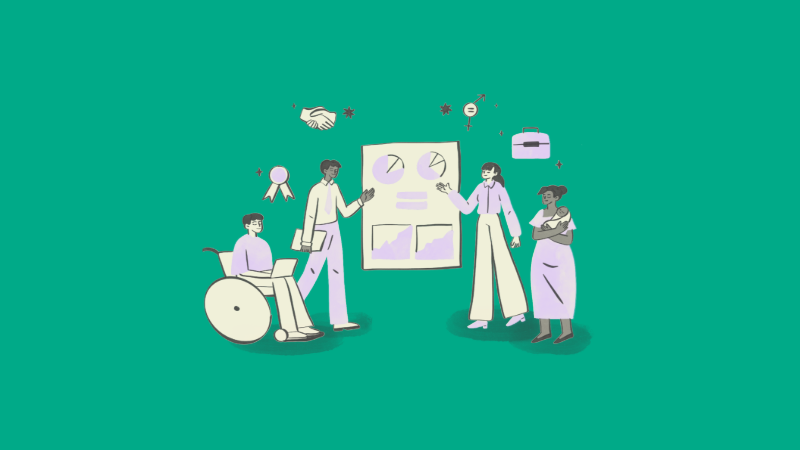Table of Contents
Affiliate link notice: As an affiliate of BetterHelp and other third-party vendors, We will receive compensation if you make a purchase using the links provided on this page. For more information, visit our disclosure page.
Last Updated on October 25, 2023 by Randy Withers, LCMHC
Although working alone is not a new phenomenon, it’s becoming a problem on a larger scale more recently as a side effect of the pandemic. Lone workers face a higher risk of physical harm, as well as ill effects on their mental health, making this an issue of concern wherever people work alone.

Who Is a “Lone Worker”?
The Occupational Safety and Health Administration (OSHA) defines lone workers as “an employee working alone, such as in a confined space or isolated location”
This relatively broad definition covers a wide range of people, including but not limited to remote workers.
Today, more and more of the world’s workforce is working alone. The pandemic has changed a great deal about the way we work. A recent Gallup poll shows that nearly half of Americans working full-time are now working remotely at least part time.
But remote workers are not the only lone workers. Healthcare workers, for example, have a much higher risk of working alone. They are also under increased pressure from serious understaffing issues in hospitals.
Mental Health Impact of Working Alone
No one is immune from the impact of lone working. Even the most introverted among us will suffer over time if our need for social connection isn’t met.
Increased Stress
Working alone is more stressful than in a typical work environment with co-workers because lone workers have no one to rely on to help make decisions or catch mistakes. Depending on the context, lone workers also face higher risks of physical injuries.
A simple slip and fall could prove much more dangerous if no one is around to call for help, for example. Lone workers have much more to worry about regarding their personal safety, as well as the burden of any judgment call they may have to make independently.
Social Isolation
It is perhaps obvious, but no less important, to acknowledge: people need people. Taken to its extreme, we know this based on the effects of prolonged solitude used as punishment. Solitary confinement is controversial when used in prisons, because we are wired for connection.
Although a workday isn’t analogous to a prison sentence, lone workers are still subject to the same mental health effects due to isolation. Coworkers help share the burden of everyday events in a way that we can’t provide for ourselves. Loneliness is not trivial; it’s detrimental to our mental health.
Low Morale
Both social isolation and increased stress over time can lead to lower morale in lone workers. It’s more difficult to feel fulfilled by work without a sense of community camaraderie. Lone workers may have a hard time engaging in their work at all, which could lead to “quiet quitting,” more sick days, or possibly even resignation.
How To Help Lone Workers
Understanding that lone workers are more vulnerable to mental health issues is the first step to addressing the problem. But what can be done? The good news is that there are ways to reduce the negative impacts of working alone.
Prioritize Safety
Some of the stress of lone working comes from physical safety concerns. That’s why it’s essential to have a lone worker safety policy in place. What this looks like will vary widely depending on the context, but having clear plans and expectations in place is one way to make the situation much less stressful.
As a starting point, anyone expected to work alone should know and be comfortable with the risks involved in doing so. At the same time, of course, there should be measures in place to reduce those risks wherever possible. Often this looks like tech-based interventions, such as regular contact via cell service or a readily available panic button in case of emergencies.
Make an Effort to Keep in Touch
If it were easy to keep in contact with lone workers, they wouldn’t fit the definition of lone workers. But it’s well worth the effort to make these isolated employees feel like part of a team.
For example, regularly scheduled check-ins could help keep lines of communication open. These don’t have to be long, drawn-out meetings, but rather just a way to touch base.
If schedules allow, it may help to keep lone workers only scheduled to work alone for part of the time. Remote workers could instead come work in-office for a day or two a week, for instance.
In an article for Forbes, Caroline Castrillon notes further strategies to keep remote workers engaged. She suggests creating opportunities out of the technological barriers/bridges, such as scheduling virtual coffee breaks or lunch breaks and making a point to use collaborative software.
Whatever the context, it’s possible to remain in contact with lone workers in one way or another, making use of the virtual “presence” technologies we have available. It may not be as ideal as genuine presence, but it is still a significant improvement over true isolation.
Encourage Work/Life Balance (Especially if Remote)
Many lone workers are alone because they’re working remotely. This has created a new balancing act of work and family life because there’s no longer a distinct environmental separation. These muddy boundaries tend to lead to burnout because with them comes pressure to always be available for work correspondence.
Though it’s a tricky situation to navigate for everyone, remote employees could benefit from transparent communication about work/life boundaries. Perhaps remote workers could set hours of availability or set aside a fixed amount of time to respond to emails every day.
Final Thoughts
Working in isolation is an unfortunate reality of this day and age, post-pandemic. Many more people are working from home or remain in-person but are struggling to fill in the gaps of those who’ve quit.
Specifics aside, anyone working alone is more likely to suffer from increased stress, social isolation, and ultimately, burnout. But there are ways to mitigate these issues. With a little extra effort to keep lone workers feeling safe and supported, it’s possible to protect their mental health.









